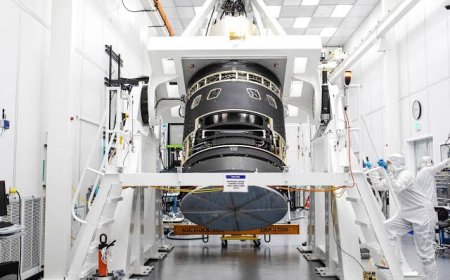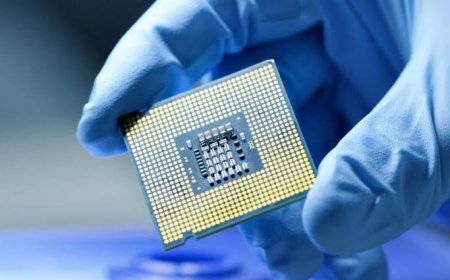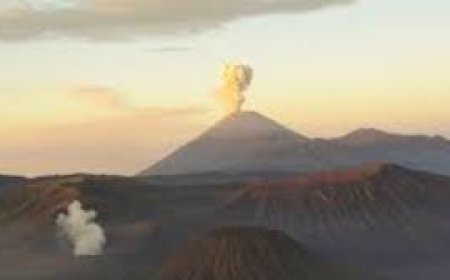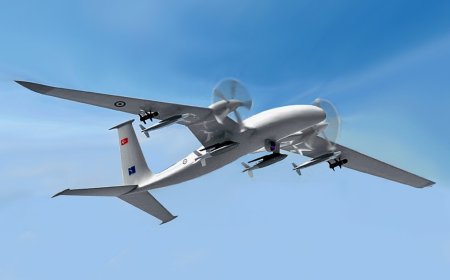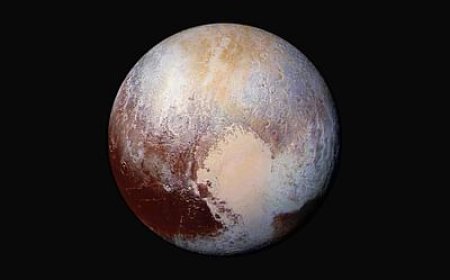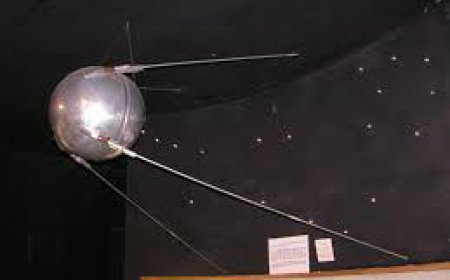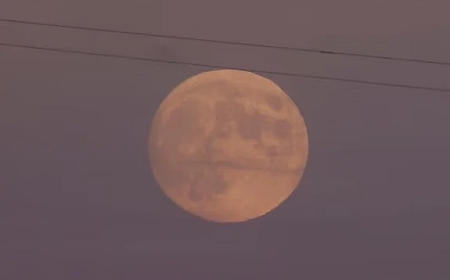NASA is going to send a self-driving robotic snake to Saturn's mysterious satellite 'Enceladus'!
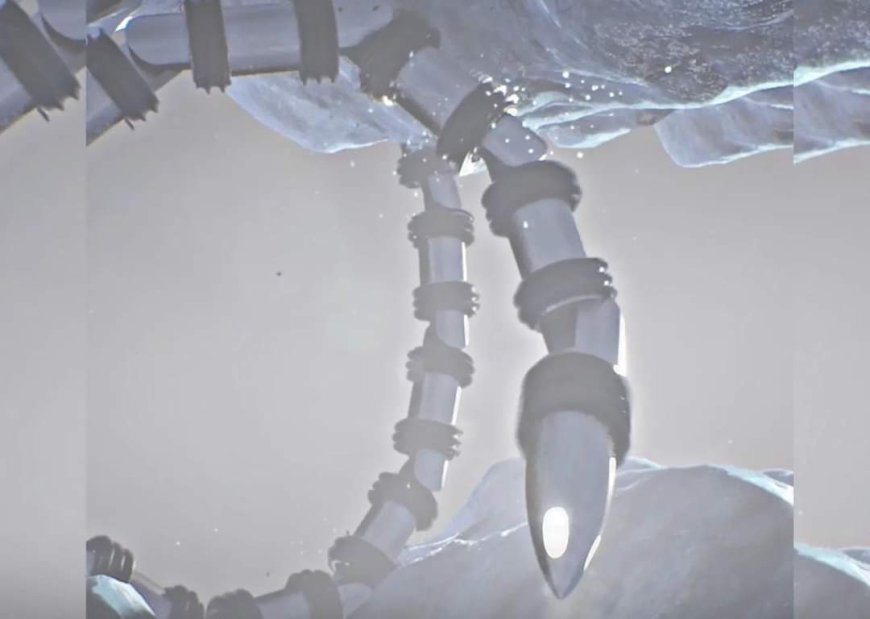
The American space research agency 'NASA' has developed the Exobiology Extant Life Surveyor (EELS) or a high-tech robotic device to search for alien life outside the Earth. This self-driving device developed by NASA is a high-tech autonomous robotic snake that looks like a snake. It can survive in any hostile or friendly environment. Which is mainly designed and developed by the US space research agency NASA's Jet Propulsion Laboratory for complex tasks such as searching for alien life and 3D mapping on a very distant planet or satellite outside the Earth.
According to information published by NASA on May 11, 2023, this Exobiology Extant Life Surveyor (EELS) or Autonomous Robotics Snake device is 4.4 meters long and weighs about 100 kg. This snake-like device is actually a self-propelled or autonomous robotics system. Which is made up of multiple and identical segments. In which actuation and propulsion mechanisms as well as power, highly advanced imaging and communication electronics systems are installed. It also uses a type of rotary propulsion unit. Which can act as a tracking, gripping mechanism and propeller unit underwater.
This robot is able to access a plume vent exit and follow it to an oceanic source hidden deep below the surface. It is also designed to explore interior and enclosed dynamic terrain structures to investigate habitability and the existence of alien life in unfamiliar and hostile environments. And NASA is very optimistic about the successful mission of this snake robot deep into the icy Saturn moon Enceladus. Which may reveal a new unknown mystery to the world in the near future.
NASA started working on this project in 2022. It has so far been tested in various adverse environments, especially in extreme cold environments. High-tech powerful imaging sensors are installed on the head of this mobile robotic snake device. By which it captures 3D images of its surroundings and will rapidly transmit them to NASA's Space Command and Control Station on Earth. Moreover, several other important sensor systems are attached to this device. With which it will actually collect and send to NASA other scientific data including current, temperature and other scientific data of its surroundings.
It was originally developed by scientists to conduct robotic missions to other planets or satellites outside the Earth. In particular, this robotic snake will help in the search for life or the existence of alien life in the ice-covered moon of Saturn's moon Enceladus. Surviving in extreme cold or extreme weather at minus 200 degrees Celsius, this satellite will help NASA in scientific research and research. However, it may take approximately 12 years for a spacecraft to reach Enceladus.
And while NASA has not confirmed when it will start a space mission to this distant mysterious satellite, it is likely to be sent on a spacecraft by the end of 2024. It is primarily designed to visit the surface of the ice-covered moon Enceladus and examine the properties of the ice, as well as explore the structure of the moon's interior, assess habitability, and probe for the existence of alien life.
NASA scientists believe that the ice-covered surface of this Enceladus satellite is somewhat smooth and its surface temperature is about minus 198 degrees Celsius, but the temperature of the ocean hidden under its ice sheet may be about 0 degrees Celsius to minus 1 degree Celsius. However, by analyzing the data sent by NASA's Cassini space probe, scientists think that the temperature of the deep ocean of Saturn's satellite Enceladus may be minus 1.095 degrees to 1.272 degrees Celsius.
Scientists believe that some unknown feature or nature of alien life may survive in the ocean of Enceladus. And that's exactly why NASA wants to carry out this mission to closely study the existence of an ocean hidden under the cold ice on the chest of this moon of Saturn and the presence of possible alien life there. NASA has already completed all preparations to make this mission a success.
